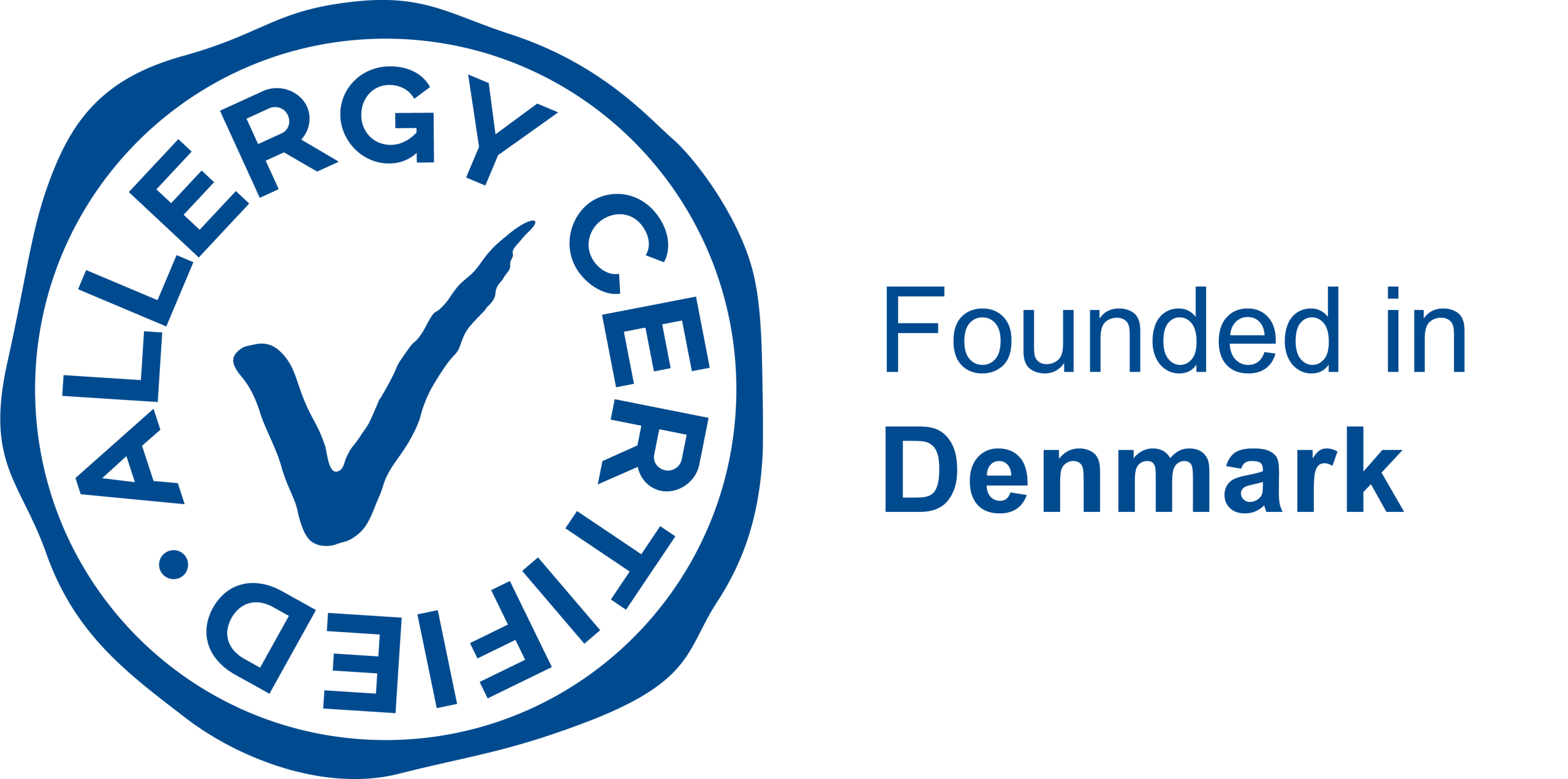BORAX – Chemical of the month
By toxicologist Ewa Daniél
What is it?
Borax is the common name for Borate, Sodium borate, Sodium tetraborate and Disodium tetraborates. It’s a natural mineral, mined from the ground or collected from evaporated deposits. Borax is a salt of Boric acid.
Borax can be used in several different types of products such as insect repellent, fungicide, household cleaner, food additive as a preservative (banned in some countries) and in children’s toys such as slime and clay.
So, what is the problem?
Borax is not classified allergenic nor skin irritating or carcinogenic. But it is classified H360 /Reproduction which means it can have side-effects on the reproduction system.
In 2009 it was added to the LOUS list (List of Undesirable Substances) due to its reproduction effects.
At the beginning of 2000, Miljøstyrelsen (the Danish Environmental Protection Agency) called on the toy industry in Denmark to voluntarily discontinue the use of the substances. But borax can still be found in many products such as slime.
A few cases where children died from poising after ingestion of borax is described in the literature. And acute poisoning can happen after oral intake, inhalation and dermal exposure via damaged skin, and it is classified Acute Tox4; H302.
Some of the most critical effects of borax is on the reproduction where you see damaging effect on testicles, and devilment on the unborn child/fetus malformations and fatal death.
Skin contact
Effects in humans from repeated dermal application have been described from several poisoning cases after treatment of burned or abraded skin. No data on the exact doses for the dermal application were found, but described effects are nausea, emesis, diarrhea, erythema, exfoliation of the skin, and convulsions. In many cases of diaper dermatitis and severe burns, treatment with boric acid and borax resulted in respiratory depression, cyanosis and death of the patients.
What the experts say
Based on a three-generation reproductive study (oral intake) with boric acid the EU Risk Assessment Committee has set a DNEL value (tolerable exposure level) of 0.175 mg B/kg body weight / day, and established a DNEL (tolerable exposure level) of 0.096 mg B / kg body weight / day using an uncertainty factor of 100. No human data on developmental toxicity are available.
These effects on reproduction and development lead to the classification Repr 1B, H360FD (May damage fertility and the unborn child) for boric acid / borax. And confirmed by the ECHA Risk Assessment Committee in its opinion on harmonized classification and labelling of boric acid (ECHA / RAC opinion (2014)).
In 2014 ECHA (European Chemical Agency) made a recommendation for including the boric acid/boric from the candidate list (Substances of Very High Concern) to the authorisation list (Annex XIV)* to put additional pressure on the industry in order to find alternatives for use of boric acid and sodium borate.
Regulation of childrens toys
In EU slime toys are allowed to emit up to 300 milligrams of borax per kilogram, while modelling wax toys may emit up to 1200 milligrams per kilogram.
AllergyCertified
Borax is not allowed to be used in AllergyCertified toys.
AllergyCertified has assessed borax used in toys such as slime and dough and found that the side effects from borax are so crucial that this chemical should not be used in products for children.
Studies show that borax can be toxic by ingestion and there is a risk that small children will eat some of the dough/slime when they play with it.
Our main focus is to certify products that are without allergenic, endocrine disrupting or carcinogenic chemicals. Borax can be toxic by ingestion and it can cause several side-effects to the endocrine system in concentrations down to ppm.
As to EU regulation it is not allowed to use borax in cosmetic products for children below 3 years, but the restrictions under EU regulation for toys like slime is 300ppm.
We have found studies describing endocrine effects in as low concentrations as down to parts pr. million.
Our concern for borax is based on both ingestion and skin contact.
- – The authorization procedure is one of the regulatory tools of the European regulation (EC) REACH n°1907/2006 aiming to ban the use of substances of very high concern (SVHC) included in the Annex XIV of REACH, so as to replace them with technically and economically feasible alternatives.
______________________________
Literature
- – An assessment of boric acid and borax using the IEHR Evaluative Process for Assessing Human Developmental and Reproductive Toxicity of Agents. Expert Scientific Committee Reprod. toxicol oxicol. Jan-Feb 1997;11(1):123-6
- – Listen over uønskede stoffer En signalliste over kemikalier, hvor brugen på længere sigt bør reduceres eller stoppes; Orientering fra miljøstyrelsen Nr. 9 2000
- – Survey of Boric acid and sodium borates (borax) Part of the LOUS review Survey of chemical substances in consumer products No. 139, 2015
- – Slim til børn fyldt med farli kemi; https://www.dr.dk/nyheder/penge/kontant/slim-til-boern-fyldt-med-farlig-kemi
- – Listen over uønskede stoffer https://www2.mst.dk/udgiv/publikationer/2000/87-7944-116-5/html/kap05.htm
- – ATSDR, 2010. Toxicological Profile for Boron. Agency for Toxic Substances and Disease Registry
- – (ATSDR),US Department of Health and Human Services. Public Health Service. November 2010.
- – Kortlægning og afgivelse af kemiske stoffer i “slimet” legetøj. Kortlægning af kemiske stoffer i forbrugerprodukter, Nr. 67. Danish EPA (2006).
- – BEK 309, 2017. Bekendtgørelse om sikkerhedskrav til legetøjsprodukter. BEK nr. 309 af 3.4.2017. https://www.retsinformation.dk/Forms/R0710.aspx?id=188523#id378fe7bd-0879- 44b7-b021-c032041f14c4
- – EU Dir. 48, 2009. Europa-Parlamentet og Rådets Direktiv 2009/48/EF af 18. juni 2009 om sik- kerhedskrav til legetøj. https://eur-lex.europa.eu/legal-content/DA/TXT/PDF/?uri=CE- LEX:02009L0048-20181126&qid=1557401219388&from=EN
- – Klinke et al., 2018. Undersøgelse og risikovurdering af parfume og andre organiske stoffer i squishy legetøj. Klinke HB, Lund BLW, Villadsen SR, Tordrup SW, Kristensen GT, Teknologisk Institut; Larsen PB, DHI. Kortlægning af kemiske stoffer i forbrugerprodukter nr. 164, 2018. Miljøstyrelsen. https://www2.mst.dk/Udgiv/publikationer/2018/06/978-87-93710-46-7.pdf
